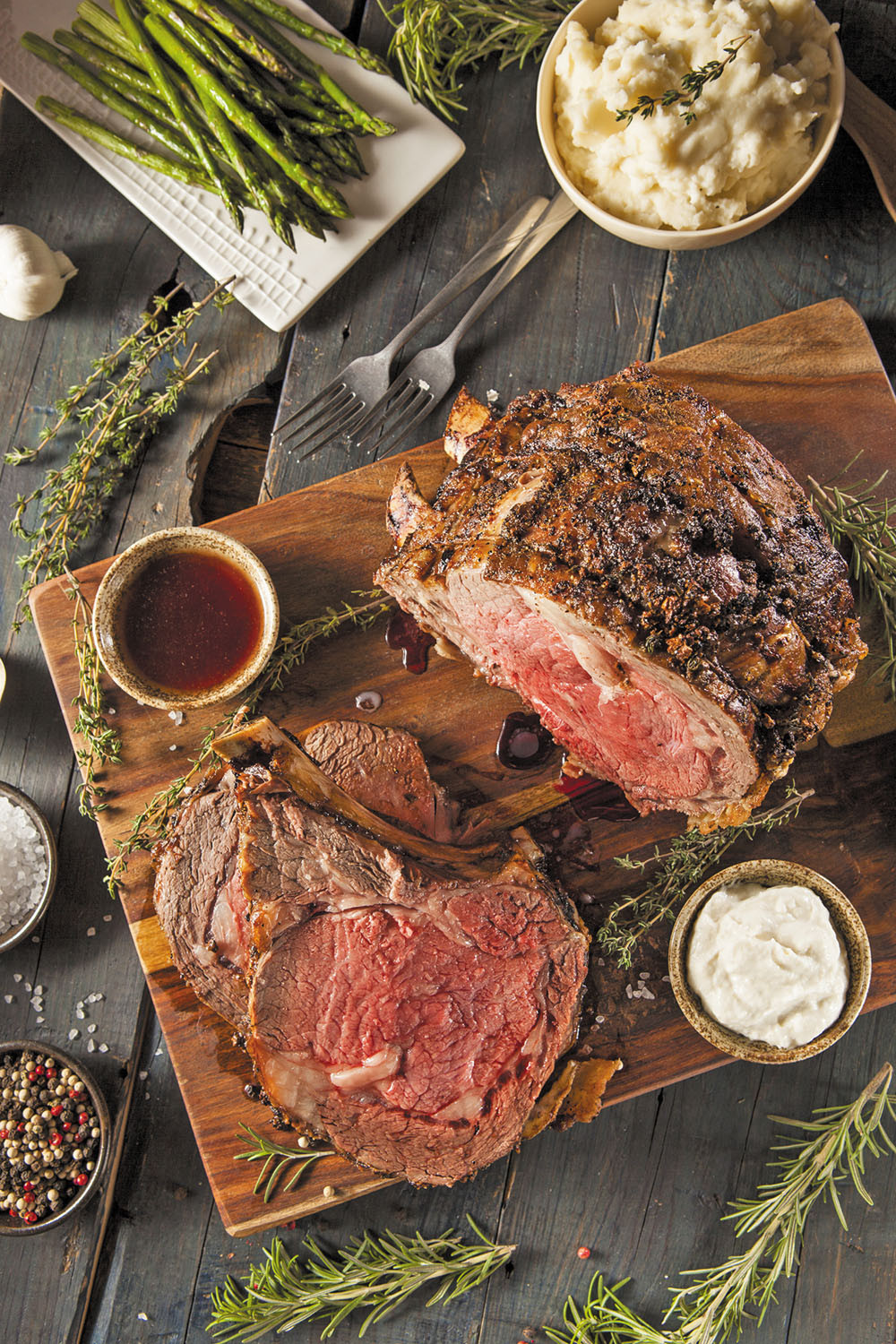
5 timeless habits for better health

What are the symptoms of prostate cancer?

Is your breakfast cereal healthy?

When pain signals an emergency: Symptoms you should never ignore

Does exercise give you energy?

Acupuncture for pain relief: How it works and what to expect

How to avoid jet lag: Tips for staying alert when you travel

Biofeedback therapy: How it works and how it can help relieve pain

Best vitamins and minerals for energy

Should you take probiotics with antibiotics?
Nutrition Archive
Articles
Menopause and insomnia: Could a low-GI diet help?
Researchers examining dietary data from over 50,000 postmenopausal women found that women who ate foods with a higher glycemic index, and foods with more added sugars, were more likely to have insomnia.
What parents need to know about a vegan diet
The difference a healthy diet can make
Eating more unprocessed, plant-based foods is one of the best ways you can protect your heart.
What do you usually eat for breakfast? How about for lunch and dinner? These questions are standard fare during a consultation with Dr. Ron Blankstein, a preventive cardiologist at Harvard-affiliated Brigham and Women's Hospital. The answers help him tailor the dietary advice he gives, which can have a profound effect on the future health of his patients' hearts.
"Most people really aren't aware of the importance of a healthy diet, or they're confused about what they should be eating," says Dr. Blankstein. About five years ago, he revamped his own diet to follow what the current evidence suggests is the best way to avoid heart disease: a whole-food, plant-based style of eating. "I find that when I tell my patients I follow this diet myself, they're far more likely to buy into it," he says. (For an idea of what he typically eats, see "A day of plant-based meals.")
Can you explain the red meat debate?
Ask the doctor
Q. Just before the holidays, I heard that a study said it was okay to eat red meat. Previously, you've said just the opposite. Help!
A. We got lots of letters like yours. The bottom line is that we stick by our longstanding advice: avoid frequent meals of red meat, and especially processed meat.
Swap out a sweet drink to reduce your diabetes risk
Research we're watching
Replacing just one sugary drink each day with water may reduce your risk of developing diabetes, according to a study published online Oct. 3, 2019, by Diabetes Care. Researchers from Harvard's T.H. Chan School of Public Health looked at more than two decades' worth of data collected in three long-term studies, involving more than 192,000 adults. By tracking beverage intake over time, they found that people who increased their consumption of sugary drinks (including 100% fruit juice) by more than 4 ounces a day over four years had a 16% increase in diabetes risk over the next four years. Turning to "diet" versions might not help, either: an 18% jump in diabetes risk occurred in people who increased their intake of artificially sweetened drinks by more than 4 ounces a day over the same period, although some of that risk could have reflected other factors, said researchers.
The bottom line: If you want to reduce diabetes risk, it's better to skip sweet drinks and stick to unsweetened tea, coffee, or water. When people drank one of those beverages once a day instead of a sweetened drink, diabetes risk dropped by 2% to 10%.
Great grains, super seeds
Editor's note: This year, we're highlighting grains and seeds on this page. Starting in February, we'll showcase a different grain or seed every month, with nutritional information and suggestions for adding these healthy foods into your diet. Here's some general background about these plant-based foods and why they're beneficial for cardiovascular health.
What, exactly, is a whole grain? Technically, they're dry, hard seeds of plants. Some are from grasses known as cereal grains, such as wheat, rice, corn, and oats. Others are from plants in different botanical families, such as quinoa, amaranth, and buckwheat, known as pseudo grains or pseudo cereals. A whole grain is one that contains all three layers of the grain kernel: the bran, the endosperm, and the germ.
Prolong your life with plant-based protein?
Research we're watching
Eating more plant-based protein may help you live longer, a new study suggests.
The study included 70,000 Japanese men and women ages 45 to 74 with no history of cancer, heart disease, or stroke. They filled out detailed diet questionnaires at the start of the study and again every five years.
Omega-3 supplements may improve heart health
In the journals
Research continues to explore the possible benefits of omega-3 fish oil supplements, especially for heart health, and a recent review of existing data suggests they may protect against heart attack and coronary artery disease.
Researchers from Harvard's T.H. Chan School of Public Health and Brigham and Women's Hospital examined 13 trials, involving almost 128,000 people, to look for any association between omega-3 supplements and the risk of heart attacks, strokes, coronary artery disease, and death from cardiovascular disease. Their results were published online Sept. 30, 2019, by the Journal of the American Heart Association.

5 timeless habits for better health

What are the symptoms of prostate cancer?

Is your breakfast cereal healthy?

When pain signals an emergency: Symptoms you should never ignore

Does exercise give you energy?

Acupuncture for pain relief: How it works and what to expect

How to avoid jet lag: Tips for staying alert when you travel

Biofeedback therapy: How it works and how it can help relieve pain

Best vitamins and minerals for energy

Should you take probiotics with antibiotics?
Free Healthbeat Signup
Get the latest in health news delivered to your inbox!
Sign Up











